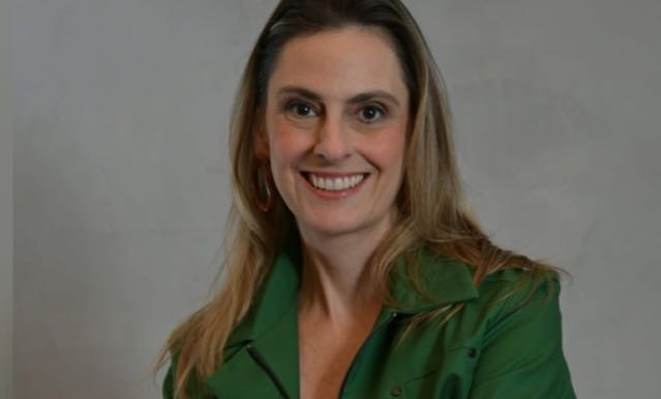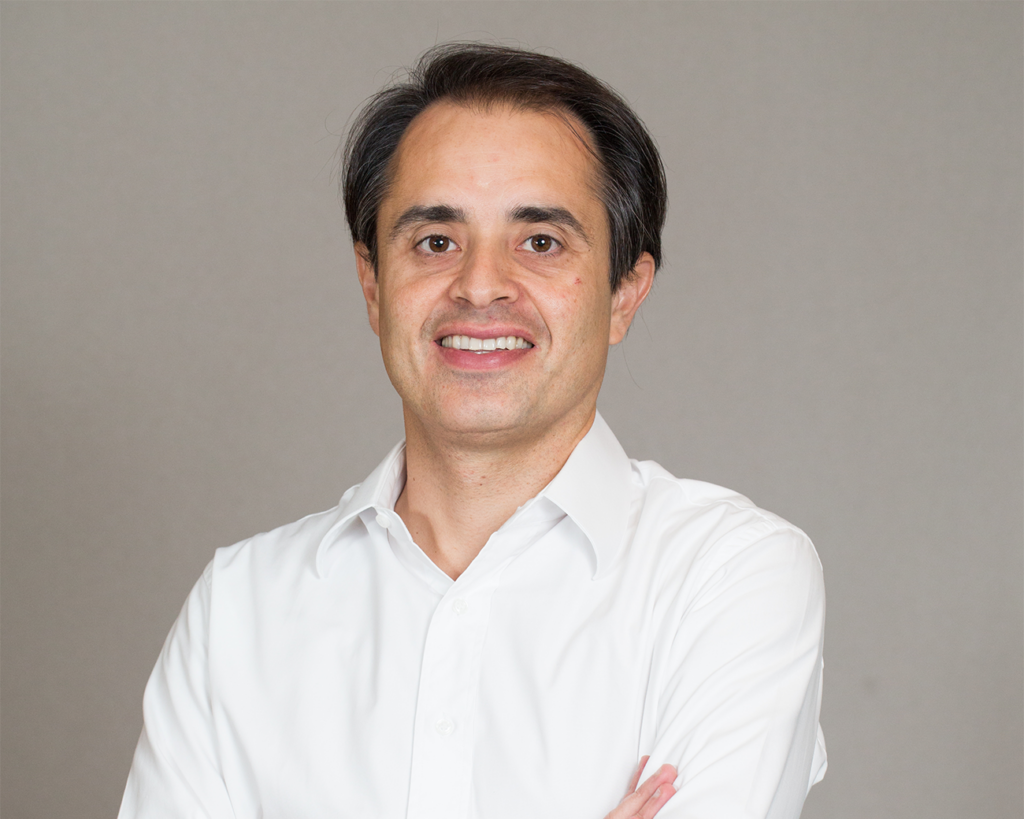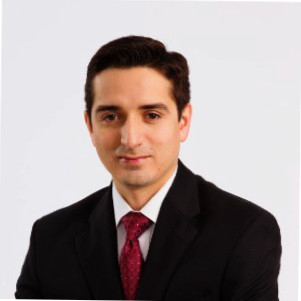Member Profiles
Gregorio Schneider, Chief Investment Officer and Co-Founder, Terranum Capital
26 March 2014

LAVCA spoke with Gregorio Schneider, Chief Investment Officer and Co-Founder of Terranum Capital to learn more about why the current market environment makes housing projects an interesting investment opportunity in Latin America.
LAVCA: Tell us about your background. What Latin America-specific experience did you have that led to the launch of Terranum?
Schneider: I am the Chief Investment Officer and co-founder of Terranum Capital, a specialized Latin America asset management firm with offices in Bogota, Lima, Mexico City, and New York. During the past twenty years, I have been active in Emerging Markets, investing over US$1b in more than 75 transactions, of which a great majority have been destined to Latin America. As head of the emerging markets group at Och-Ziff Capital and Portfolio Manager at the Rohatyn Group, I led the acquisition and structuring of real estate investments in Brazil, Peru, and Mexico. Additionally, I actively participated in the development of the affordable and middle income housing sectors in Mexico and Brazil, including investments with developers and non-bank mortgage lenders. My experience in this sector, along with my continued interest in the Latin American real estate market, led to the launching of a Fund that focuses on capitalizing on the affordable housing deficit in the region and the need that developers have for capital.
LAVCA: Please provide some background on Terranum. Why did you decide to focus on the housing market in Peru, Colombia, and Mexico?
Schneider: Launched in 2011, we are currently operating our first fund of US$235m with 17 team members located across our offices. Terranum Capital is a joint venture with the Terranum Group, one of the largest real estate platforms in Colombia.
We decided to focus our first fund in Peru, Colombia, and Mexico because these economies have grown faster and steadier than many other developing countries due to their political and macro-economic stability. These countries are expected to continue on a path of strong GDP growth, lower unemployment and controlled inflation, providing a safe investment atmosphere for a Fund like ours. We decided to specifically focus on the affordable and middle-income housing segments since there is a growing housing deficit based on demographics and disposable income. This deficit is further fueled by the fact that developers have a shortage of capital and thus a limited supply of projects. This has become a very large and interesting long-term investment opportunity.
LAVCA: How is Terranum unique? What about the market environment makes housing projects a good opportunity right now?
Schneider: Terranum Capital is unique because of the investment team experience. Our relationships from the past 20 years investing in the region and the real estate sector gives us an ability to originate, source, and structure investments across our target countries. Additionally, each of our Managing Directors has in depth experience in their respective real estate markets, giving us a competitive advantage in origination, structuring, and closing.
The housing segments in our three target markets, specifically affordable and middle income, have a total deficit of 15 million housing units. Additionally, there is an average annual shortfall in these segments of around 250,000 units that continues to add to the overwhelming existing deficit. Furthermore, developers in the region are currently cash-strapped, limiting their ability to expand and carry out new projects. Our fund, which invests directly at the project level, provides developers with much needed capital and allows them to grow and deploy their limited resources across various projects.
LAVCA:One of the partners in Terranum is the Santo Domingo family. How does that relationship add value to deal sourcing?
Schneider:The Santo Domingo family has an important ownership in Terranum S.A.S. Since their involvement at the holding company level, the real estate platform has grown to become the largest in Colombia. Even though the family is not involved in the day-to-day operations of the Fund, their long history of successful investments in the country adds a layer of credibility in sourcing deals.
LAVCA: What was the profile of the investors who participated in your first fund (closed at US$235m) in June 2013? What factors led to such a diversified group?
Schneider: We have a very diversified group of investors in the Fund, which is rather unusual for a first-time fund. We were able to raise capital from high-net worth individuals, family offices, funds of funds, and a significant number of pension funds in Latin America and the US.
A number of factors attributed to such a diversified group of investors. First of all, we had a very aggressive and thorough road show in the region. The level of endorsement achieved from local investors was much higher than expected with great support from Latin American private and institutional investors. Another important factor was our ability to communicate the risk / reward equation in this investment strategy. Lastly, our credibility and track record was a big factor.
LAVCA: How many funds do you operate? What’s your average investment size?
Schneider: Right now we are operating two funds: a US$195m fund domiciled in the Cayman Islands and a US $40m fund domiciled in Colombia. These two funds invest in exactly the same projects in their respective proportions. To date, we are approximately 50% invested, and plan on investing the rest of the Fund before December 2014. Our average investment size can range anywhere from US$5m – US$20m depending on location and project type. Large cities and middle-income projects typically require larger investments, while affordable housing projects in secondary cities need less capital.
We plan on beginning our fundraising efforts for our second fund during the last quarter of 2014. We expect to expand our strategy for this second fund beyond affordable and middle-income residential projects to other asset types within real estate sector in our target countries.
LAVCA: Please describe in detail some of projects Terranum has backed.
Schneider: To date, Terranum Capital has invested in 13 projects in Colombia, Peru, and Mexico. Eight of these projects are in the affordable housing segment and the remaining five are middle-income housing projects. The Fund only invests at the project level. We have invested in various types of projects: Projects for-development, meaning that the deployment of capital is for land purchase and pre-operating expenses; or in on-going projects that are already under construction, pre-sales or sales.
Some of our notable projects include a 3,200 unit affordable housing project in the city of Medellin named Territorio Robledo. This project was the most successful project in the city in terms of sales. A local government housing entity purchased more than 1/3 of the project in a bulk process. Another notable project is Alejandria, a 600 unit middle-income housing project in Bogota.
LAVCA: What is the timeline and strategy for exiting your investments? Who are potential buyers?
Schneider: In terms of exit strategy, the main advantage of residential housing projects is that they consist of self-liquidating assets, meaning that as long as the housing units are sold and costs covered, the Fund can distribute capital and profit back to investors throughout the life of the project. We are not dependent on one particular exit event such as an IPO, LBO or strategic sale (like most private equity strategies). In this sense, our potential buyers will usually be individuals or investors, and in rare cases the government itself, which needs to purchase large number of units for government-sponsored programs. In the case of Territorio Robledo, one of our projects in Medellin, we are distributing invested capital and profits back to investors in less than two years.
LAVCA: What challenges and opportunities do you predict for the housing and retail market in the next 5-10 years in Latin America?
Schneider: The main challenge will be to maintain economic and political stability in the region. A setback to the experiences of the 1990’s in Latin America can directly impact important economic indicators that are crucial for the housing and retail market. Inflation, devaluation, and interest rates are key indicators that must maintain healthy levels over the next 5-10 years in order to ensure that the sector continues to perform well. Additionally, the support of government housing programs will continue to be a crucial factor in decreasing the housing deficit.
In terms of opportunities, the housing and retail sector will certainly continue to represent a large growth factor in the region. As affordability indexes continue to increase, and inflation and unemployment decrease, more individuals will have access to new homes. Governments will also have more incentives to continue their housing programs and thus create an additional boost to the sector. Lastly, a bigger influx of capital from pension funds and international investors will allow developers to increase construction and help the sector catch-up with the large housing demand.
LAVCA:What other countries/markets look attractive for real estate in the longer term?
Schneider:We believe our target countries (Colombia, Peru, and Mexico) will continue to be attractive real estate markets in the coming years. Other countries in the region such as Argentina and Venezuela must undergo drastic political and economic changes in the next decade before they can become an interesting and safe market for real estate investments.
You may be interested in...
-

Luciana Antonini Ribeiro, eB Capital
Executive: Luciana Antonini Ribeiro, Co-Founder and CIO Member Name: eB Capital Year...
-

Cristiano Gioia Lauretti, Kinea Private Equity
Member: Kinea Executive: Cristiano Gioia Lauretti, Head of Private Equity HQ: São...
-

Maria Pia Iannariello, MGM Innova Capital
LAVCA recently spoke with Maria Pia Iannariello, Co-Founder & COO of MGM Innova Capital,...
-

Rafael Ramirez, Portfolio Manager, Alaska Permanent Fund Corporation
LAVCA recently spoke with Rafael Ramirez, Portfolio Manager– Private Equity &...
